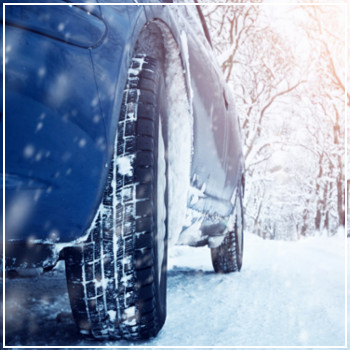 If you live in New England, blizzards are expected during the winter season. Residents know how to prepare for them and clear away accumulated precipitation in the aftermath.
If you live in New England, blizzards are expected during the winter season. Residents know how to prepare for them and clear away accumulated precipitation in the aftermath.
For some people, their cars get tucked away safely in a garage or under a carport. But not every property is equipped with such features, whether you live in an apartment complex or park your vehicle along the sidewalk. As such, you likely wonder about the damage a blizzard does to your car. Consider the following factors.
Vehicle Inactivity
Experts have pointed out that it’s not always the cold and snow that cause the most damage. Instead, leaving your vehicle outdoors for the season as the snow around it melts away results in rusting, freeze-ups to your door locks and brakes, and flat spots on your tires. Such long-term exposure to the cold without any activity can exacerbate issues your car had before the storm, especially where your brakes and engine are concerned.
Along with these factors, long-term exposure to the cold has the potential to kill your car’s battery. As is the case with newer model cars, a recharge or replacement completely wipes out your car computer’s memory. As a result, settings you’ve saved are gone and your car may have to relearn certain features.
Exterior Damage and Beyond
After the storm, someone plows the streets to make your area drivable again. While essential, this action can have unintended consequences. Several feet of snow, combined with road salt, gets pushed up against your vehicle. If this isn’t cleaned, the powder covering part of your car’s exterior can begin to corrode and create rust on the surface.
The undercarriage is also just as vulnerable. A lack of coating means that salt and wet snow start to corrode the parts underneath, eventually affecting your braking system. You’ll only notice the damage once you start to drive and hear a squeaking or squealing sound.
Falling Objects
Snow not only falls on your car, but accumulates on the roof and surrounding trees. As such, its weight could potentially bring a tree limb down onto your car’s roof or windshield. Melting may also result in icicles or ice dams. If uncleared, these could turn into a large, sharp point, ready to puncture your car’s exterior or break the windshield.
Accumulation Around the Tires
When most people clear away snow, they create a clear path for their car to get out of the driveway. As a result, the area around the wheels is neglected, although snow and ice can become embedded. In response, your car starts to shake once you hit the road, especially at higher speeds.
After a few minutes, the remaining snow and ice melt away and the ride smooths out. Yet, for some drivers, the shaking might not stop and could indicate an alignment or suspension issue. In response, have an auto body shop diagnose and repair the issue, rather than continuing to drive a damaged car.
After the latest blizzard, did your car experience any of these issues? If so, it’s time to make an appointment with DaSilva’s Auto Body in Naugatuck. To set up a time, give us a call today.




